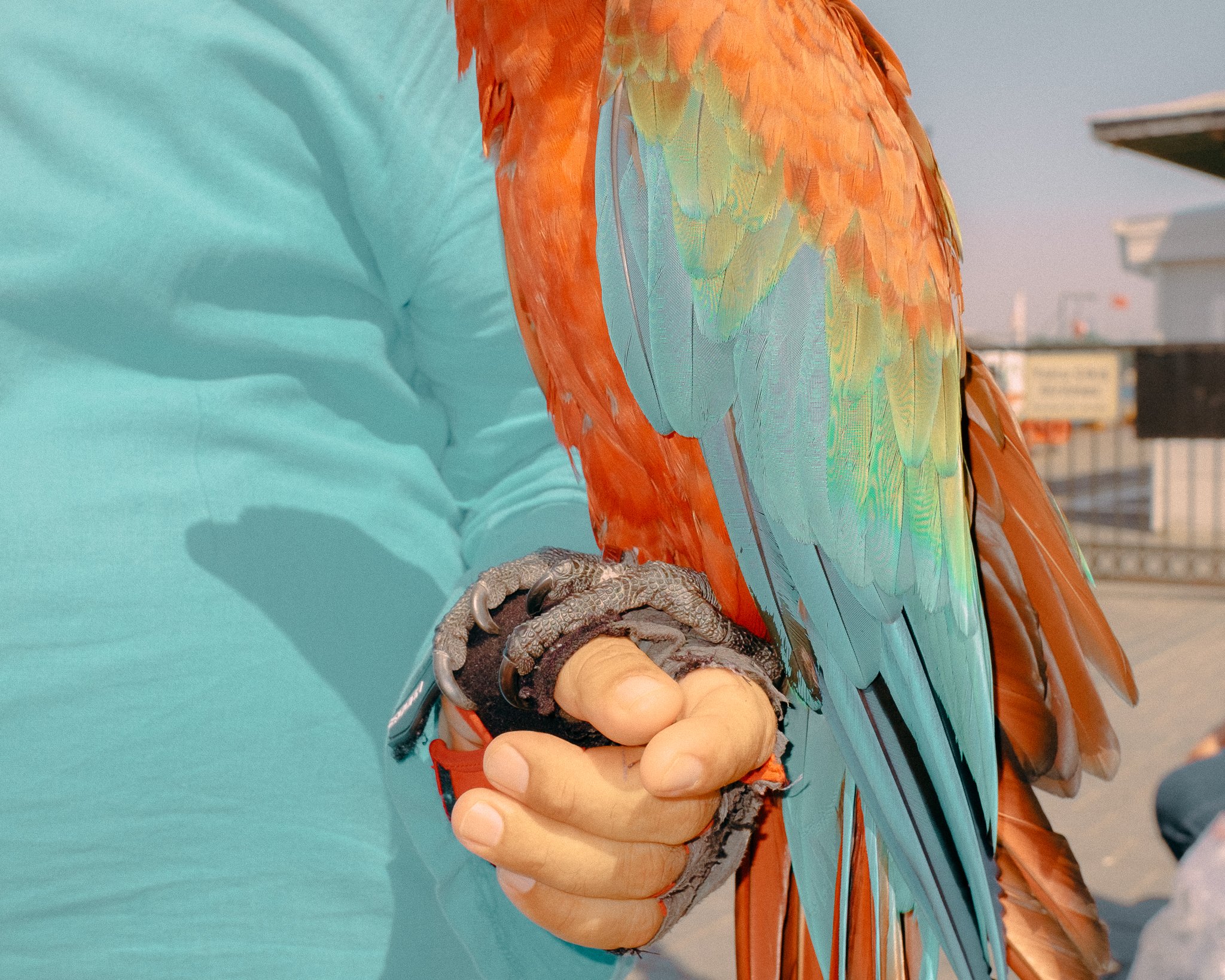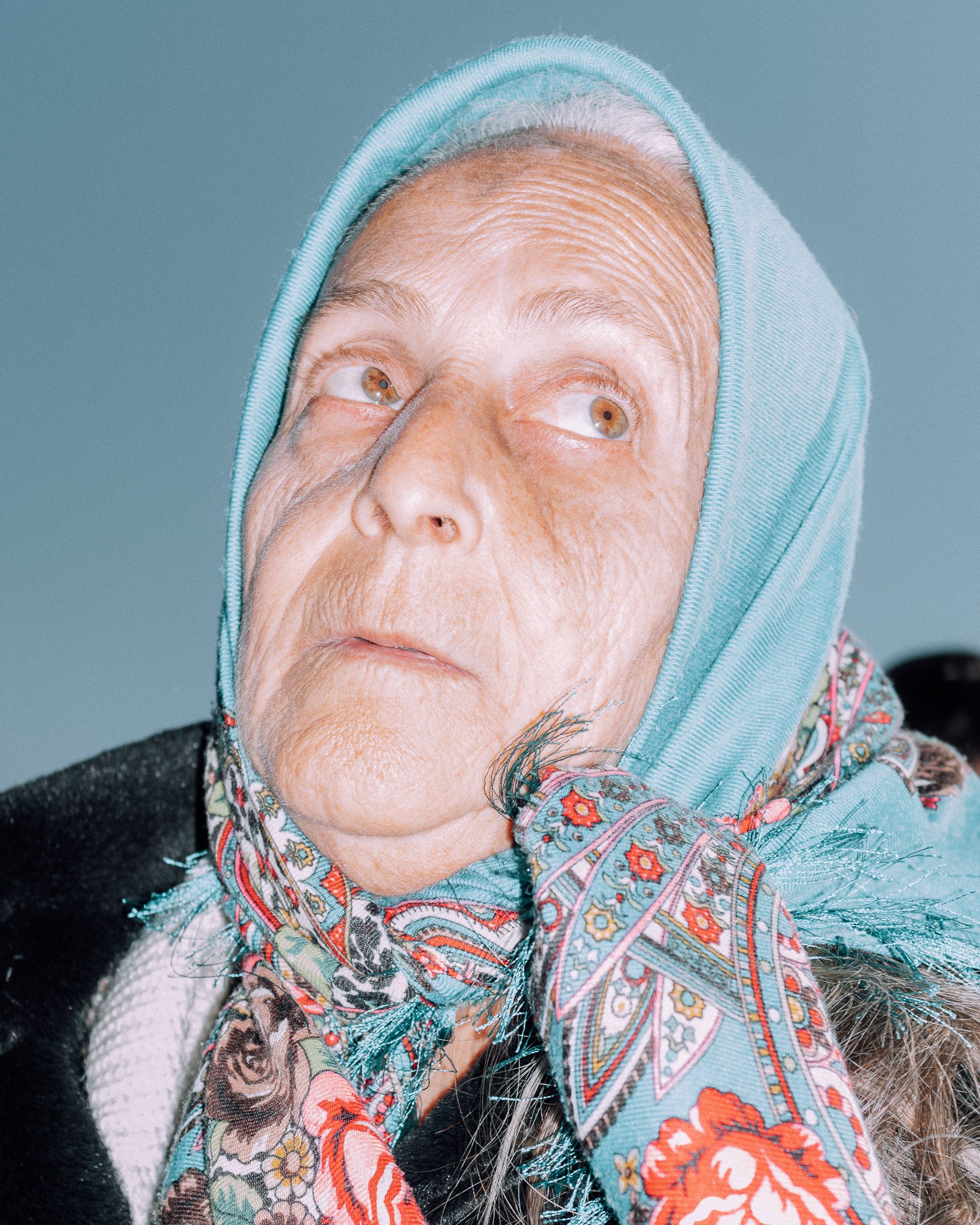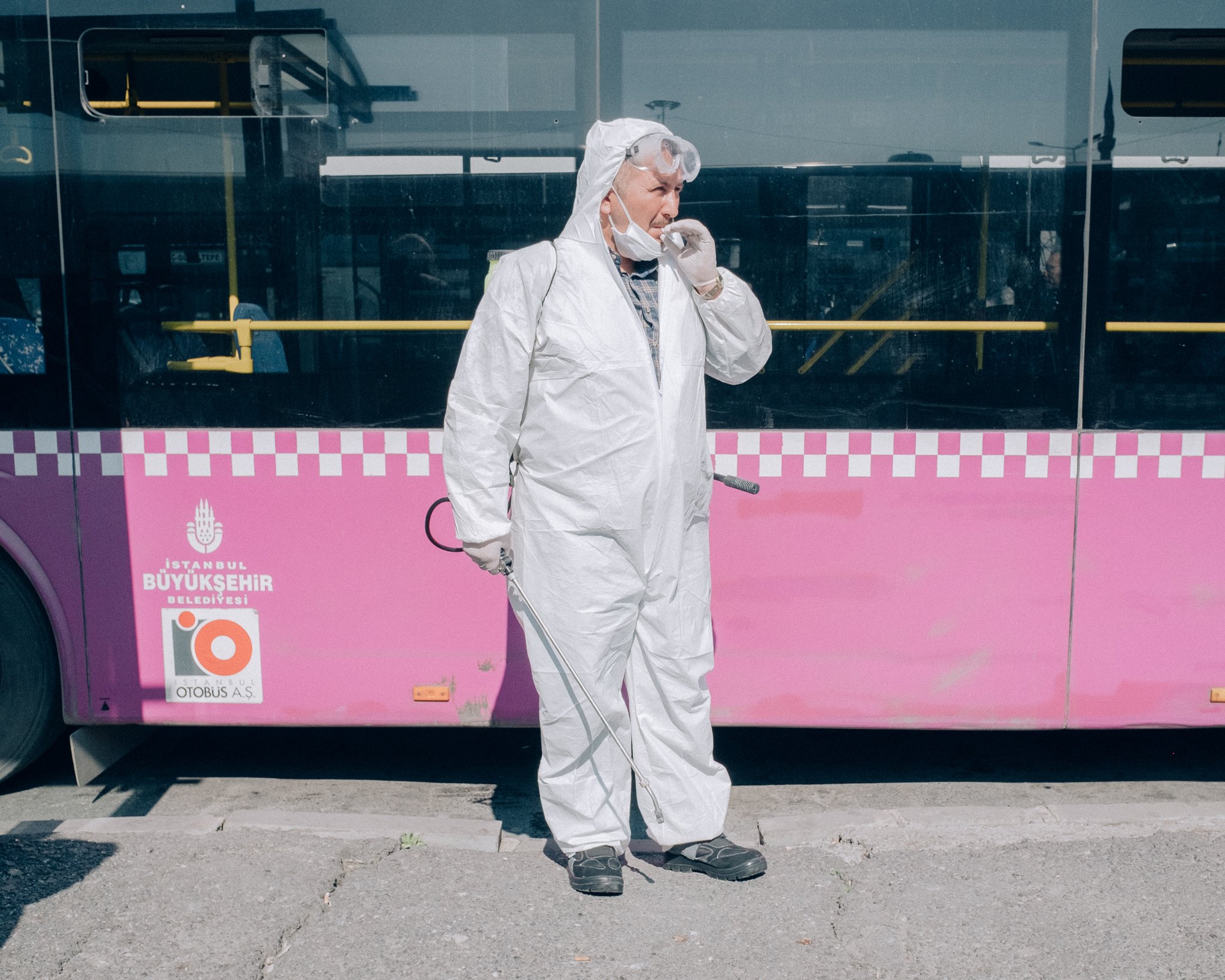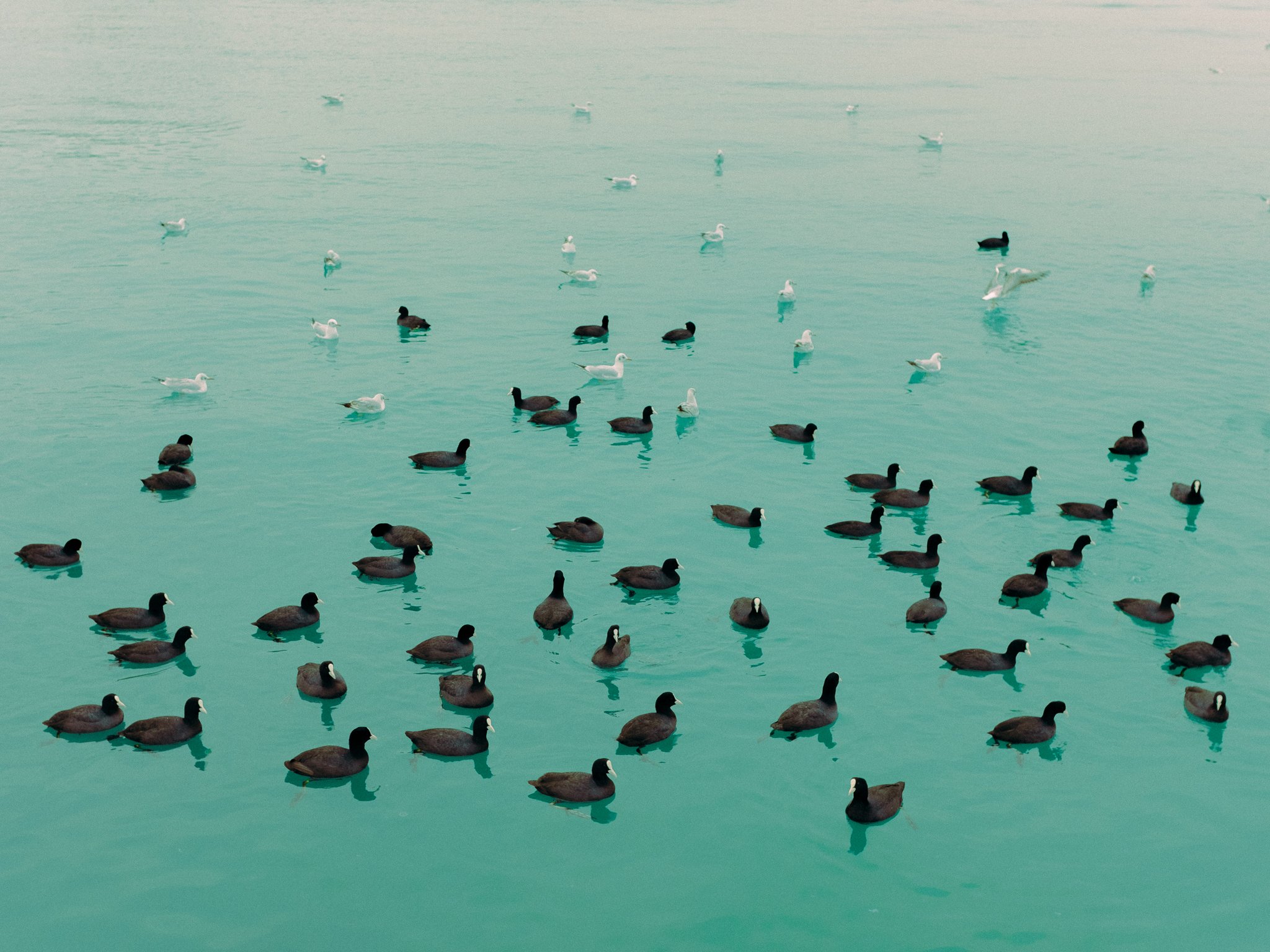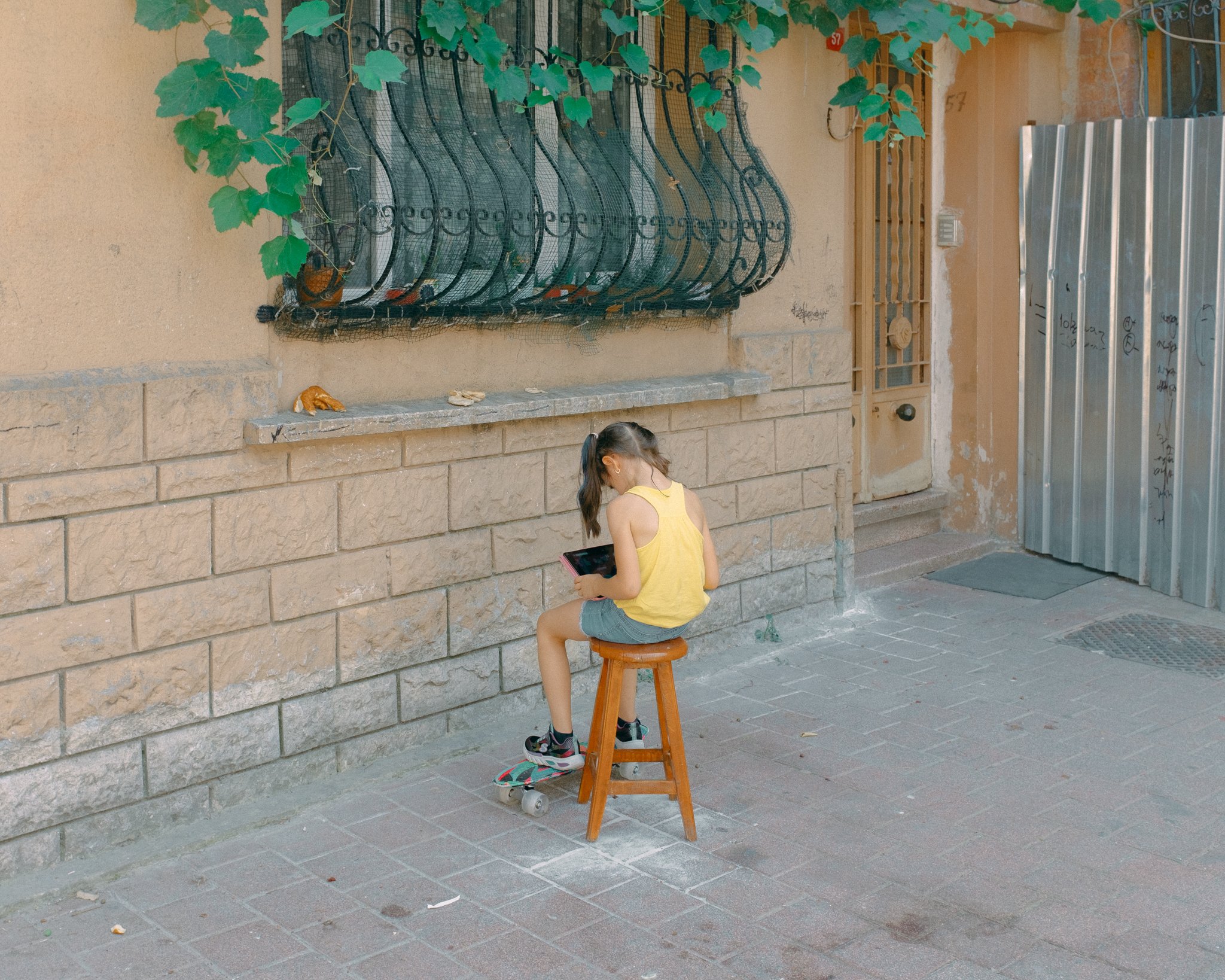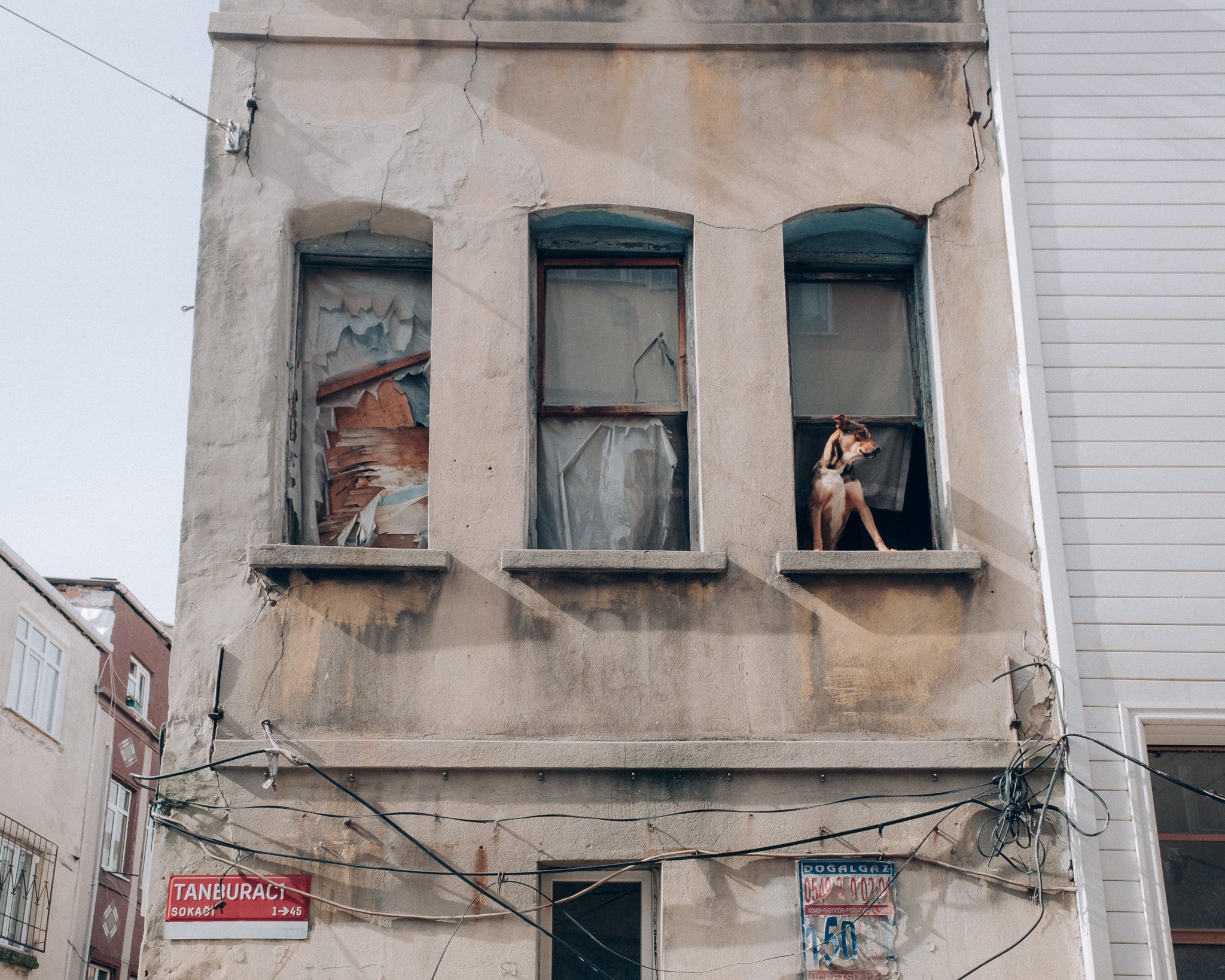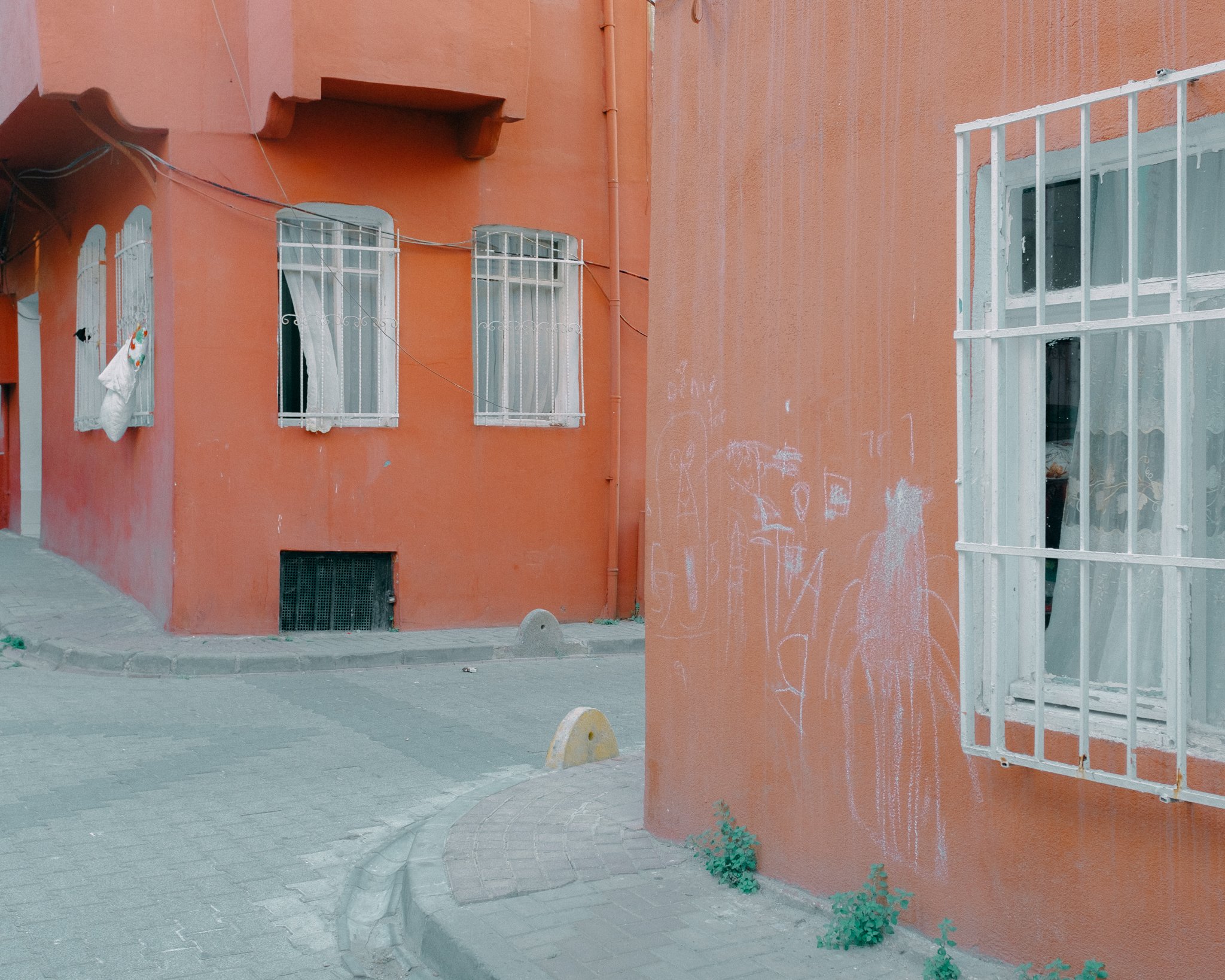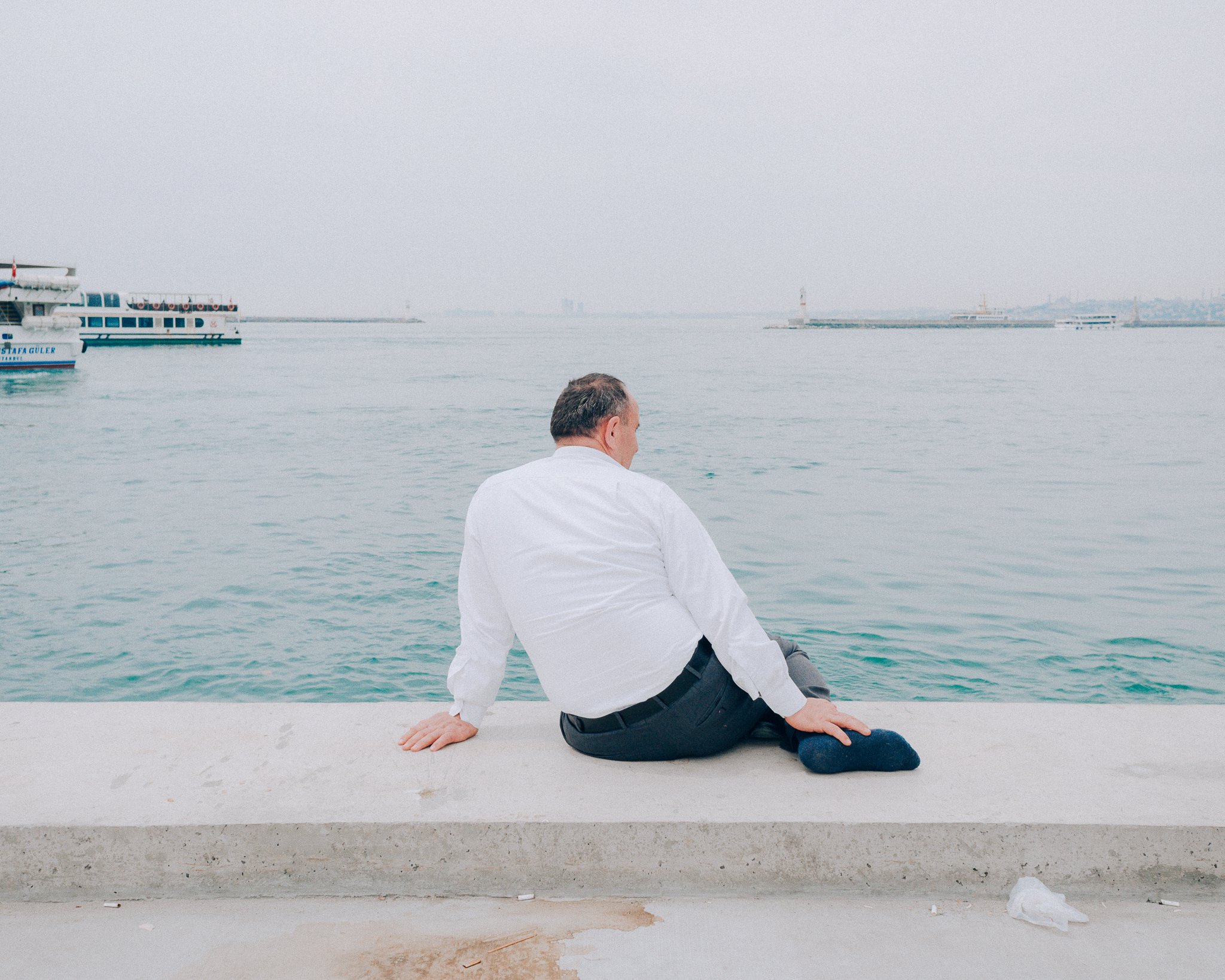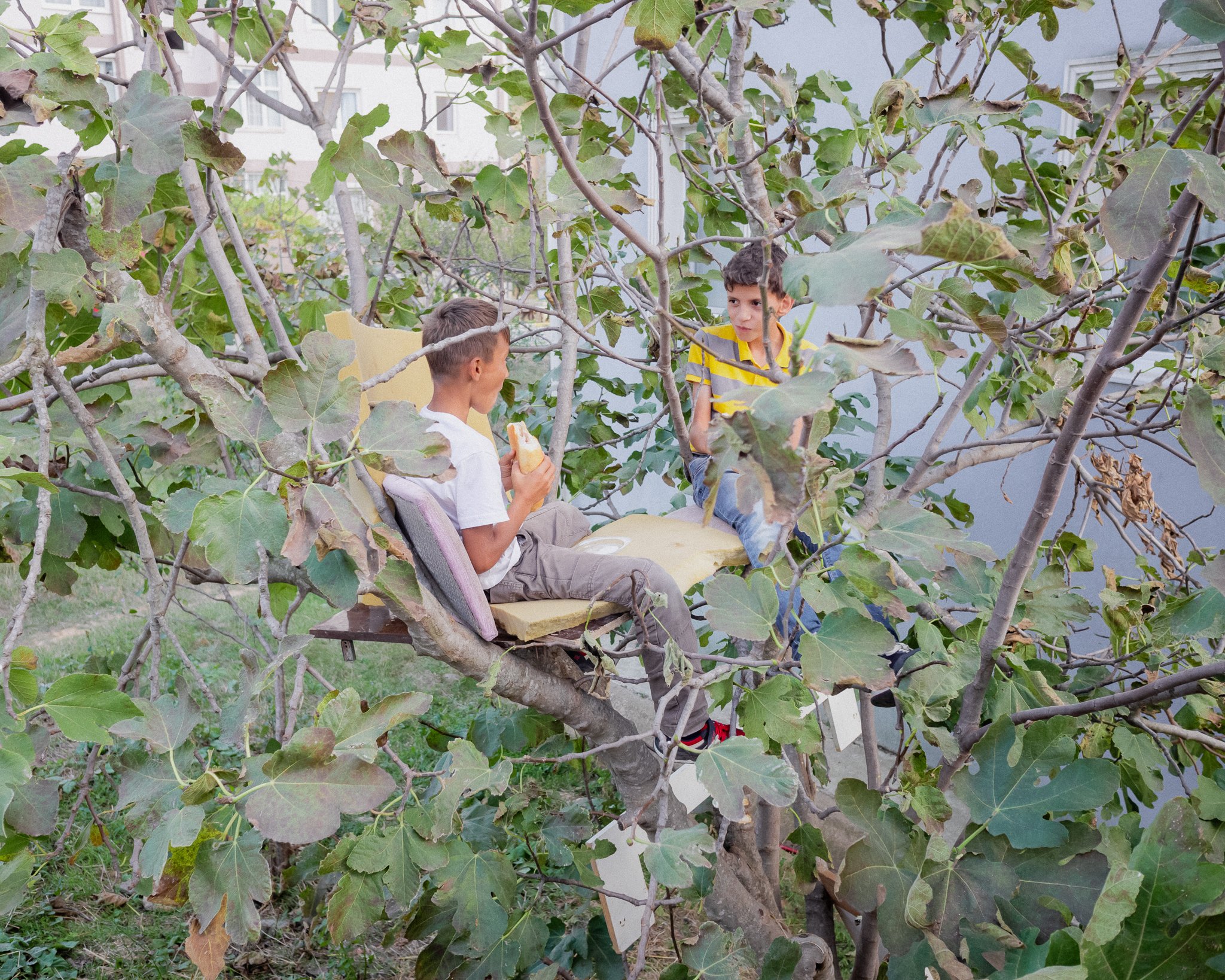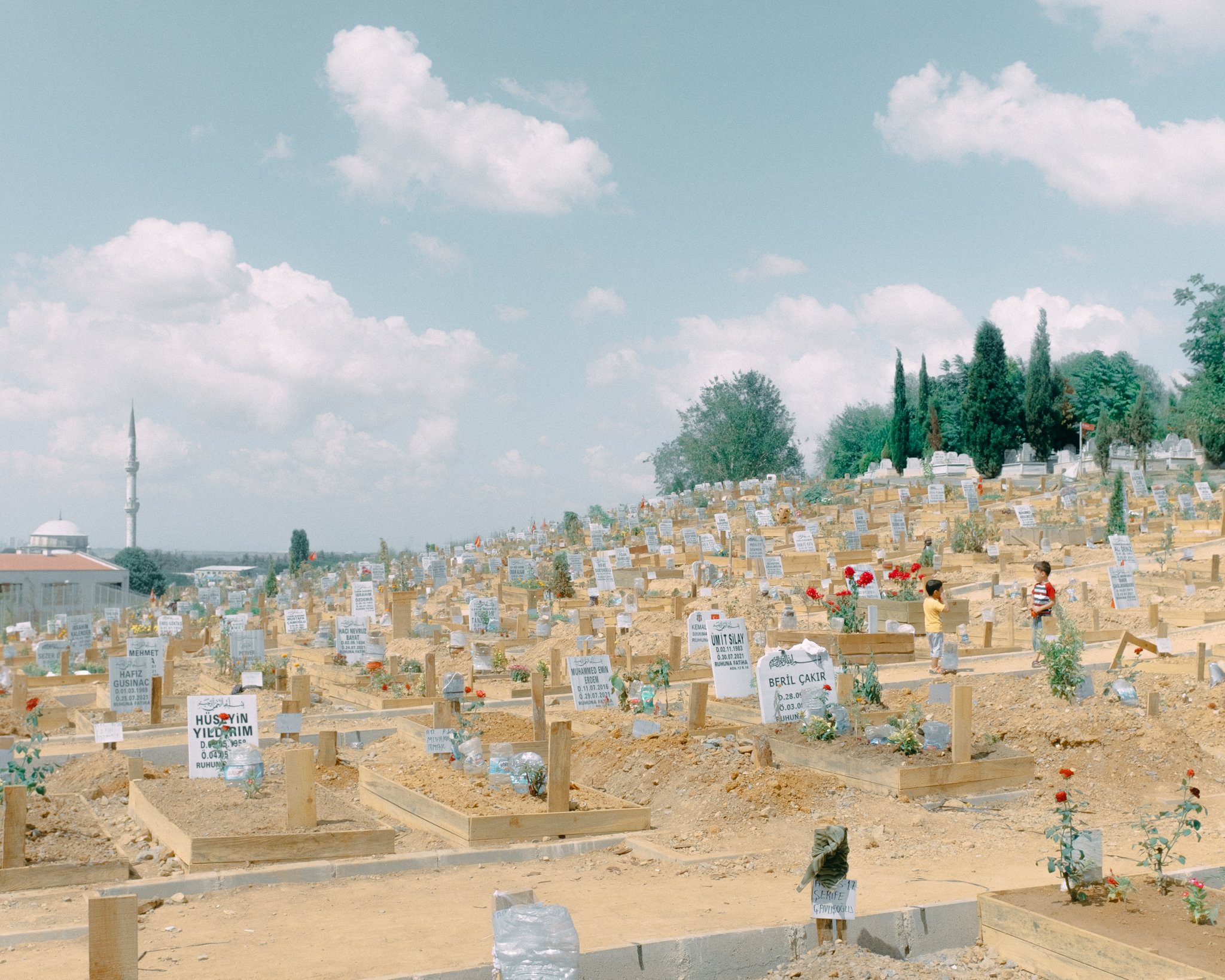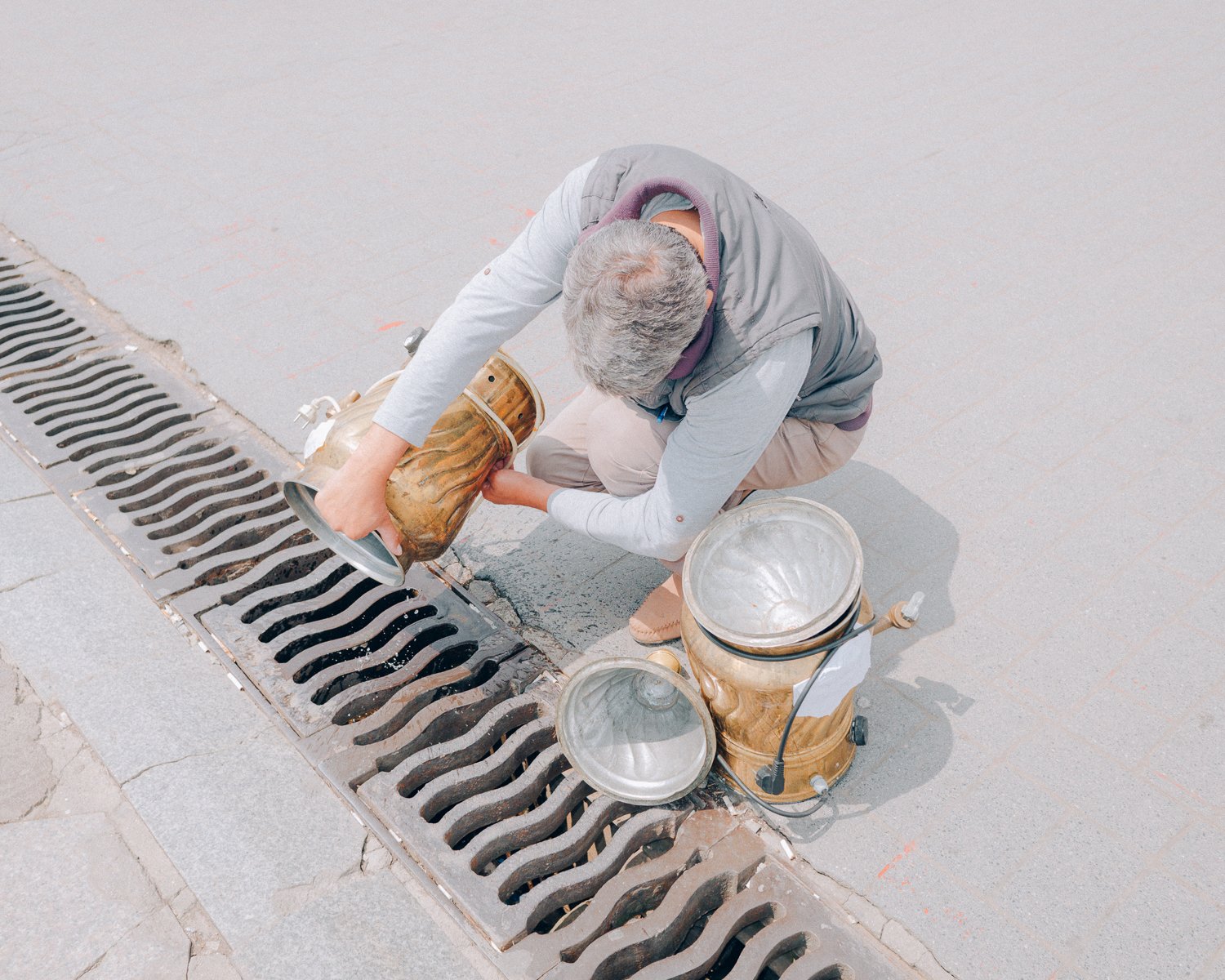Ci Demi
— Where are you from?
— I'm from İstanbul.
— No one is from İstanbul.
— Well, I am.
Since the above is a short conversation that is often repeated to you, how do you use your camera as a way to show Istanbul to a world that constantly claims "No one is from Istanbul." I ask this question because I often feel that people (myself included) travel abroad in attempts to document life elsewhere, but what is your thought process like for showing the world the true essence of life in Istanbul?
I’m Ci Demi, a social documentary photographer based in İstanbul. Before photography, I studied Italian Language And Literature; later, I went onto working as a copywriter and a creative director for advertising agencies for nine years. I discovered photography in 2015, when I was 28; professionally, I did music photography for three years and photojournalism for two years. At one point, I got tired of doing all these creative things for agencies, so I quit everything and decided to focus on my own stories. My work was exhibited in many places (İstanbul, Arles, Paris, Beijing), Les Rencontres d’Arles (in 2018) was the most major one.
I look for a sense of belonging with my camera; you can sum up my work entirely with this sentence. In İstanbul, everyone is a ‘migrant’; they all have ‘real’ homes where they go to on holidays. People tend to not accept this city as their home, it’s almost like a hotel. But I was born and raised here, so were my grandfathers, so I have nowhere else to go. No one actually believes me when I tell them I’m an Istanbulite, because the concept of being one is alien to many of them.
I no longer believe in travelling to other places to document the life there. I went to war in 2015 in Southeastern Turkey to document what was happening; because all the great photographers were doing it, I thought becoming a photojournalist was the thing you do... After my return, I decided on something: “Tell your own story.” Other people’s stories belong to them. I also followed femicide protests here in Turkey, because it was (and still is) an issue I deeply cared about. I stopped photographing them, too. Because, to me, it’s more meaningful for a woman photographer to document the issue. So, I focused on my identity; being an Istanbulite — I’ve been exclusively photographing my city ever since.
Can you share about your background working as a photojournalist? What inspired you to leave this work / how has it not necessarily left you?
As I mentioned before, I refused to become a ‘tourist of disaster’, in a way. Instead, I turned into myself; my issues, my identity. Becoming a photojournalist was something I desired in the early days of my photographic journey because I was seeing all these amazing people, and all of them were war photographers. I followed their footsteps, only to face a massive dilemma.
“Telling other people’s stories” sounds unappealing to me. I can even say that I reject that idea. Life is too short to ignore your true calling, I need to discover myself; if I achieve this maybe (and this is a huge ‘maybe’), I may start discovering other stories. I never wanted to become this exploitive person and I don’t think there is a sure way to avoid that. I have no time for any of this, meanwhile I have an endless desire to explore myself and how I interact with my city; my own existence.
I do, however, call myself a ‘social documentary photographer’. I do document İstanbul and its issues, but that’s not the primary reason I photograph. I take pictures because I am an escapist and photography is my therapy. I was raised with video games, fictional novels, poetry... I was always at home, that was just who I was. After I discovered photography (to this day, I still have no idea how and why it happened; suddenly I had a camera and I just started photographing. I liken this to Forrest Gump’s story — just like when he started running for no apparent reason), only then I started going outside.
Can you share the ways in which your mental health impacts and influences your own creative process?
Bipolar is a mood disorder, so it directly affects how I perceive the world — I no longer have episodes, I have been stable for a long while (I do take 13 pills a day, but that’s okay; they work) but it does rear its face from time to time. With this illness, you experience two extreme moods: depression and mania. Naturally, you begin to interact with the world differently, depending on these two extremes. I’m not going to tell you ‘what happens’ when I was in these moods, because I really don’t know; it’s hard to observe. But I can easily tell you that, without bipolar, I would’ve never made these pictures the way I had. Living with this disorder made me appreciate my life more, gave me a gentle eye. Because I now know that anything and anyone can easily be hurt. I don’t want that. I want to see everything flourish, because I want to see myself flourish.
From my email correspondence with Ci
"Hey Rhombie! Thanks a lot for your kind words, you can’t imagine how happy these words make me. I worked so hard to be able to tell my stories using photography, and comments like yours honestly give me life. Because, as you know, no matter how many pictures you’ve made, self-doubt is always there; it’s so nice to hear these. Thank you!”
You mentioned that the compliment I gave you helped with your self-doubt. I appreciate how you phrased it, "Because, as you know, no matter how many pictures you’ve made, self-doubt is always there; it’s so nice to hear these."
I think part of the creative process is feeling like we need acknowledgement or assurance from our peers that we are 'on the right path.' In a way social media has added to our need to have our photography feel validated by others. What do you do to help with your own self-doubt when no one is around to help? What advice might you have for others when they face similar feelings?
Between late 2018 and mid-2021, I didn’t have Instagram. One day, I’d simply deleted it and turned into myself. I kept making pictures but never published them anywhere. Slowly, I built myself back up — I tidied up my projects and rewrote their project statements with a clearer eye. Then, I picked photographs; one by one, I worked on them, spent a lot of time with each of them, printed them, edited them, and discarded most of them. Then I made a website, slowly put my stories on there. I had absolutely no one, no feedback, nothing. It was peaceful and serene. One day I started another Instagram account with a new name (my mother calls me Cihan, but I call myself Ci), because I decided that photography was my true calling, and that I would do whatever it takes to tell my stories — not keep them to myself, and I’d never intended to anyway. So, when I hear compliments, I feel happy for my lonely self: “You worked hard Ci, your stories are seen now.”
I’d love to touch on the identity of a place. How do you determine what aspects need to be included when trying to share the identity of Istanbul / the identity of yourself? I guess ultimately how do you approach narrative, when you are out in the streets how does life speak to you in a way that says, 'yes, I should photograph this.'
I define my social identity with just one word: Istanbulite. That’s all I am. Existing here in this city is a political act: you are often defined by your life choices (this must be true everywhere, but I’d say Turkey takes this to a new level). Turkey is a very divided country and on the streets, I feel that tension all the time. But I ignore it because I’m an artist, I am above my nationality and I’m a neutral observer. Politicians are temporary, but I’m here forever; I’m an Istanbulite. My photography is very escapist, but I think this also is a political choice while being a creative choice as well.
What do you think people are missing when they think about Istanbul, you mentioned how many people don't consider it their home and since you continue to explore it so deeply how has it spoken to you in ways you have grown to celebrate it?
İstanbul is said to have a population of 18 million. I don’t know many that define this city as their home. To many people, this place is just where they make money; it’s also a hotel — temporary, until they can move onto something better (whilst ‘better’ is relative, educated people tend to flee to Europe or America the first chance they get). But I choose to be here, I belong here, and so does my photography. This is all I know, this is all I’ve got. And the more I make stories about İstanbul, the more I belong here.
Let’s talk about your upcoming book‘Unutursan Darılmam’. Can you share more about this series and what the process has been from start to finish. What has been the most challenging part about creating this book and what can you share about the release of it?
I started shooting ‘Unutursan Darılmam’ (it translates to “I Won’t Be Sad If You Forget [Me]”) in early 2019, at the heigh of my extremely heavy depression. That year, I left the house only a handful of times. This is how it all started. I would get inside the house, stay in for months; and then when I went outside again, I would see that so many things had changed. I photographed with hunger and an unending curiosity. It was a massive challenge to create a narrative from photos that were seemingly ‘unrelated’. But how wrong I was, in the end I realised how they interacted with each other and complete the same story: while I was inside the house, I decided to leave İstanbul. Once I was stable, I was going to go to some place else, leave my old life and depression behind. I thought this was “the way” to heal. Then these two words popped in my head (”Unutursan Darılmam”) while listening to music. It was almost like İstanbul was telling me that; “Go, if you must. And don’t worry, I won’t be sad if you forget me.” I truly wanted to forget it. But soon I would find out that it was impossible, the story I’d been shooting for 1.5 years was also about İstanbul and my relationship with it. I’ve got ~200 selected pictures now and I’m in talks with a publisher; this year we will be editing the book and hopefully publish it some time in late 2022.
To keep up to date with Ci Demi’s latest work follow along here:
Instagram
Website
If you enjoyed this interview please consider buying a print from Ci to support his photography.
Ci Demi’s Prints


